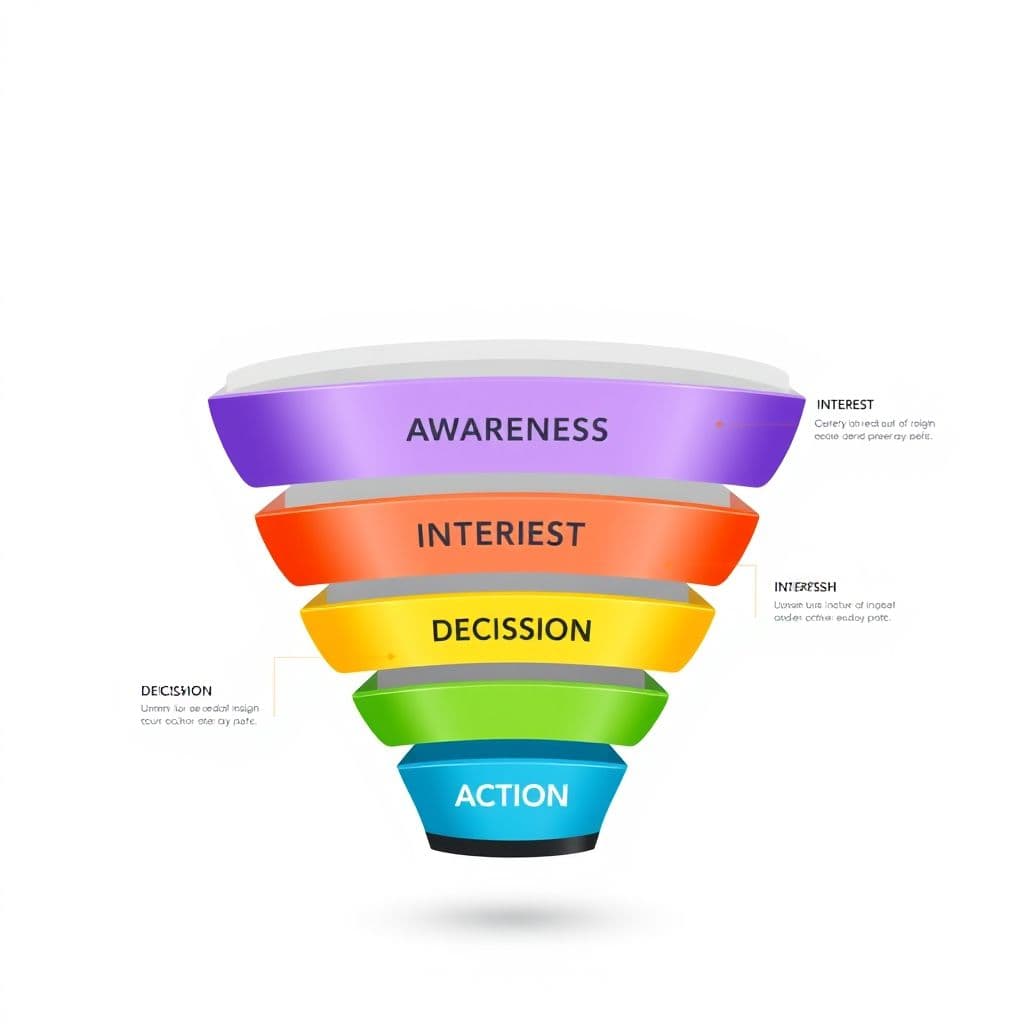Mastering Go-to-Market Sales Strategies: A Step-by-Step Guide

In today's competitive business landscape, having a solid go-to-market sales strategy is crucial for success. Whether you're launching a new product or expanding into a new market, understanding the fundamentals of sales and how to execute them effectively can make all the difference. This guide will walk you through the essential steps to develop and implement a winning go-to-market sales strategy, from understanding the basics to mastering advanced techniques. View original learning path
Step 1: Understand the Basics of Sales
Before diving into complex strategies, it's essential to grasp the foundational concepts of sales. The **sales process** is the series of steps you follow to convert a prospect into a customer. It typically includes stages like prospecting, qualifying, presenting, handling objections, closing, and follow-up. Understanding this process helps you streamline your efforts and improve efficiency.
The **sales funnel** represents the customer's journey from awareness to purchase. At the top of the funnel, you attract potential customers through marketing efforts. As they move down the funnel, you nurture them with targeted communication until they're ready to buy. A well-defined funnel ensures you don't lose potential customers at any stage.
Identifying your **target market** is another critical step. Who are your ideal customers? What are their pain points, and how does your product solve them? Conducting a **competitor analysis** will also help you understand what others in your space are doing well and where there might be gaps you can exploit.

Step 2: Develop Sales Skills
Effective salespeople possess a unique set of skills. **Effective communication** is at the core of sales. This includes active listening, clear articulation of ideas, and the ability to tailor your message to your audience. Practice these skills regularly to build rapport and trust with prospects.
**Product knowledge** is equally important. You need to know your product inside and out to address customer questions and highlight its benefits convincingly. **Negotiation skills** will help you navigate deals and reach mutually beneficial agreements. Lastly, **time management** ensures you prioritize high-value activities and avoid getting bogged down in administrative tasks.
Step 3: Create a Go-to-Market Strategy
A go-to-market strategy outlines how you'll reach your target audience and convert them into customers. Start with **market research** to gather insights about your audience's needs, preferences, and behaviors. Use this data to craft a compelling **value proposition** that clearly communicates why your product is the best solution.
Next, identify the most effective **sales channels** for your product. Will you sell directly to consumers (B2C), through distributors, or via online platforms? Each channel has its pros and cons, so choose the ones that align with your goals. Finally, **sales forecasting** helps you set realistic targets and allocate resources efficiently.

Step 4: Execute the Go-to-Market Sales Plan
With your strategy in place, it's time to execute. **Prospecting** involves identifying potential customers who fit your target profile. Use tools like LinkedIn, email campaigns, and networking events to build your prospect list.
When it's time to pitch, focus on delivering engaging **sales presentations** that highlight the benefits of your product. Tailor each presentation to the prospect's specific needs. Mastering **closing techniques** will help you seal the deal, whether it's through trial closes, assumptive closes, or other methods.
After the sale, **customer relationship management (CRM)** ensures you maintain a positive relationship with your customers. Follow up regularly, address any concerns, and look for opportunities to upsell or cross-sell.
Step 5: Advanced Sales Strategies
Once you've mastered the basics, consider implementing **account-based selling**, where you focus on high-value accounts with personalized strategies. Use **sales analytics** to track performance metrics and identify areas for improvement. Managing a **sales team** effectively involves setting clear goals, providing training, and fostering a collaborative environment.
Finally, explore **strategic partnerships** to expand your reach. Partnering with complementary businesses can open new channels and provide mutual benefits.
Conclusion
Mastering go-to-market sales strategies requires a combination of foundational knowledge, practical skills, and strategic execution. By understanding the sales process, developing essential skills, and creating a detailed plan, you can effectively reach your target audience and drive growth. Remember, sales is an ongoing journey—continuously refine your approach based on feedback and results.
Frequently Asked Questions
- How long does it take to master go-to-market sales strategies?
- The time it takes to master these strategies varies depending on your experience and dedication. Consistent practice and continuous learning are key to becoming proficient.
- What are common mistakes beginners make in go-to-market sales?
- Common mistakes include not defining a clear target market, neglecting competitor analysis, and failing to tailor the sales pitch to the prospect's needs. Avoiding these pitfalls can significantly improve your success rate.
- How important is customer relationship management in sales?
- Extremely important. Building and maintaining strong relationships with customers leads to repeat business, referrals, and long-term success. A satisfied customer is more likely to become a loyal advocate for your brand.





